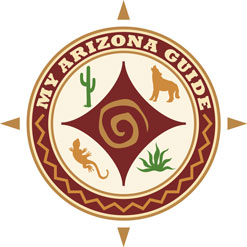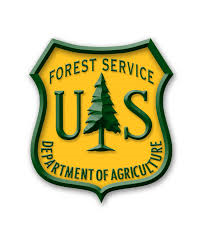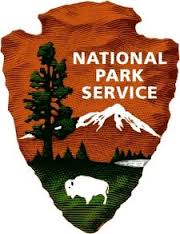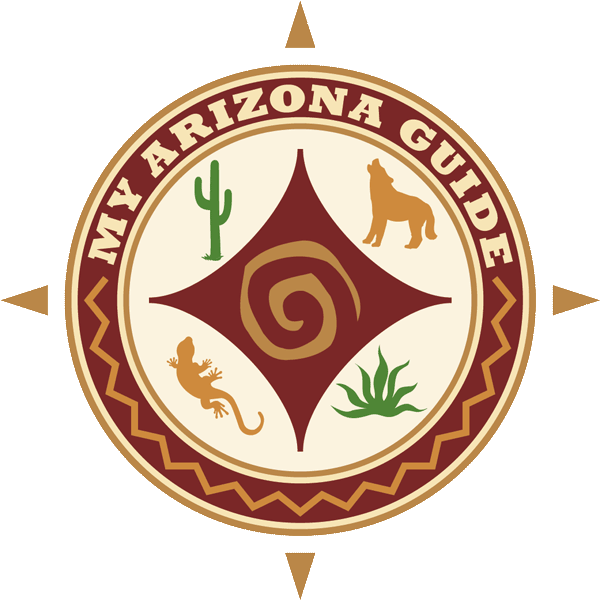THE MYSTERIOUS SONORAN DESERT
If the Sonoran Desert's a wasteland, why is the vegetation so thick that it's nearly impossible to see over, much less walk through unpoked? If life here has been sun-blasted to a minimum, why are the sandy washes scribbled with footprints from javelinas, mule deer, ringtails, and so many rodents that as many as 200 rattlers a square mile (2.6 square kilometers) can make their living with a sit-and-wait hunting technique? This seems to be an ecosystem in need of a public relations makeover. Yes, the Sonoran Desert does get parched and hot as hell. But its emblem, that saguaro standing with upraised arms, is not some lonely perch for vultures in the barrens, but part of a forest of storage tanks juicy with life.
Within hours of a rain, many will be spreading new rootlets to harvest the drops. The plants' accordion-like structure lets them swell with extra liquid, as a Gila Monster's extra-large bladder is designed to do, while it packs away food reserves in its expandable tail. During May and June, the driest months, when winter's rains have been all but forgotten by most, the saguaro and its even bigger southern counterpart, the cardon cactus, crown themselves with extravagant, white, nectar-filled blossoms. These nourish birds, insects, and especially bats, and are pollinated in return. The flowers then develop into succulent fruits, supplying meals and moisture to a still broader array of creatures, from iguanas to kit foxes, until the summer thundershowers begin. Retiring to one of the many small trees that also characterize this desert, such as yellow paloverde, blue paloverde, catclaw acacia, ironwood, or honey mesquite, to rest and digest, the animals leave droppings full of seeds exactly where a saguaro or cardon needs to grow during its tender years: in the shade of a nurse plant. If life here is just hanging on by a thread, how is it that a saguaro may produce millions of seeds a year and live to be 500 years old?
With few winter frosts and dual rainy seasons half a year apart, the Sonoran region supports such a rich variety of flora and fauna that it seems almost lush compared with other deserts. In some experts' view, it isn't really a desert so much as a drier version of the subtropical thornscrub found farther south in Mexico. However you define the Sonoran ecosystem, it is a spectacular illustration of how communities of organisms facing extreme conditions find ways not merely to endure but to flourish.
©National Geographic


480-970-8186



© My Arizona Guide 2006-2019
Email Us

Licensed Guides
National Forest Service
National Park Service

An Equal Opportunity Service Provider
Check Out Some of Our Favorite Tours
Intelligent Educational EcoTours
Arizona’s Premier Private Tour Company


